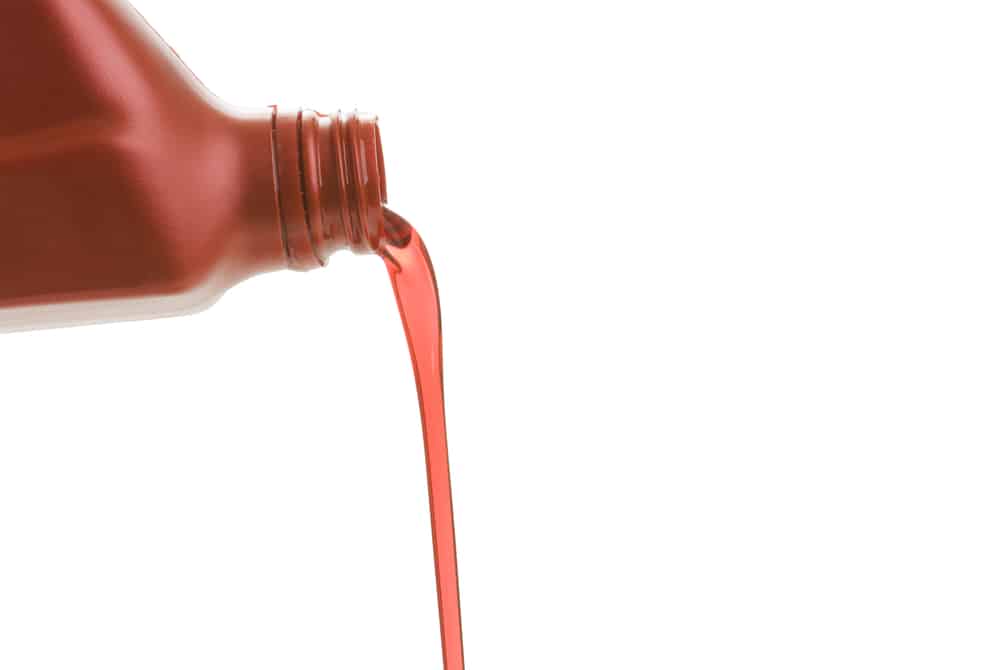
All cars use transmission fluid. This is used to lubricate the gearbox and ensure the smooth running of your vehicle. You will need to check the lubricant levels in your car regularly – how you do this depends on whether your car has a manual transmission or an automatic transmission.
Continue reading
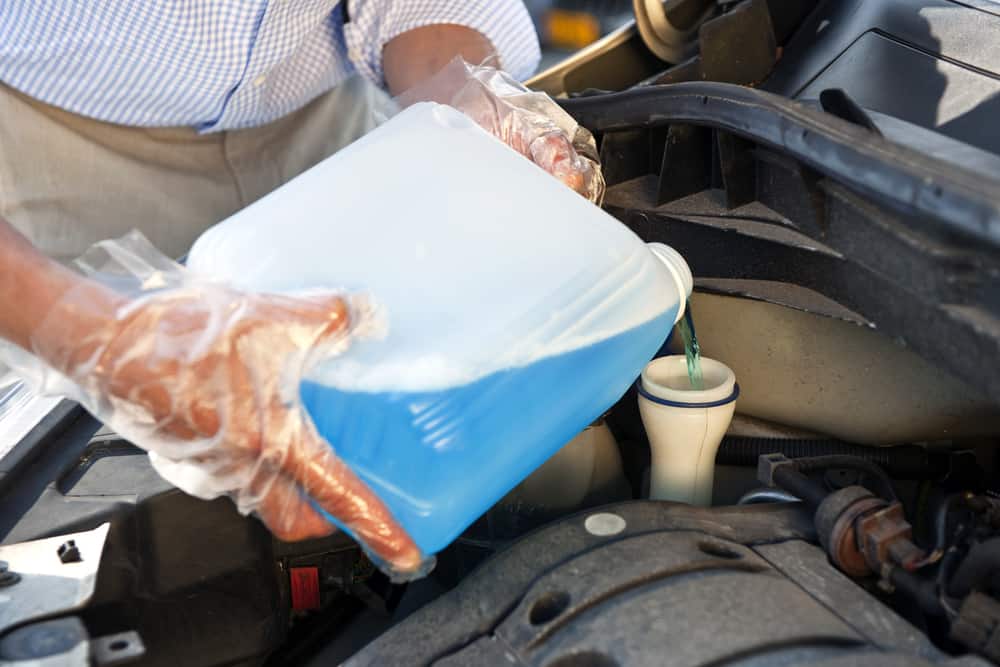
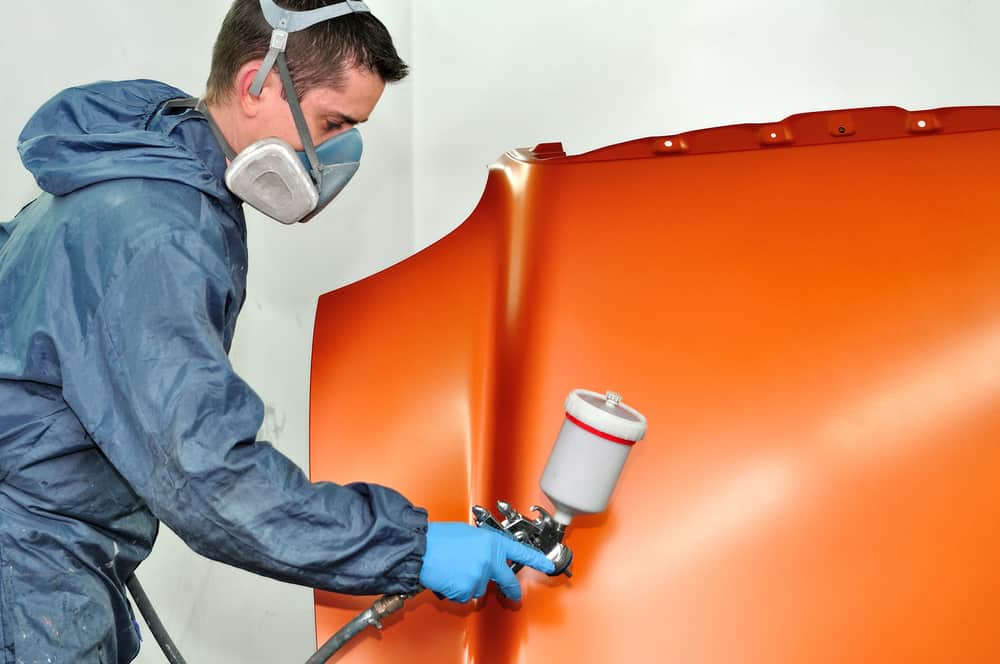
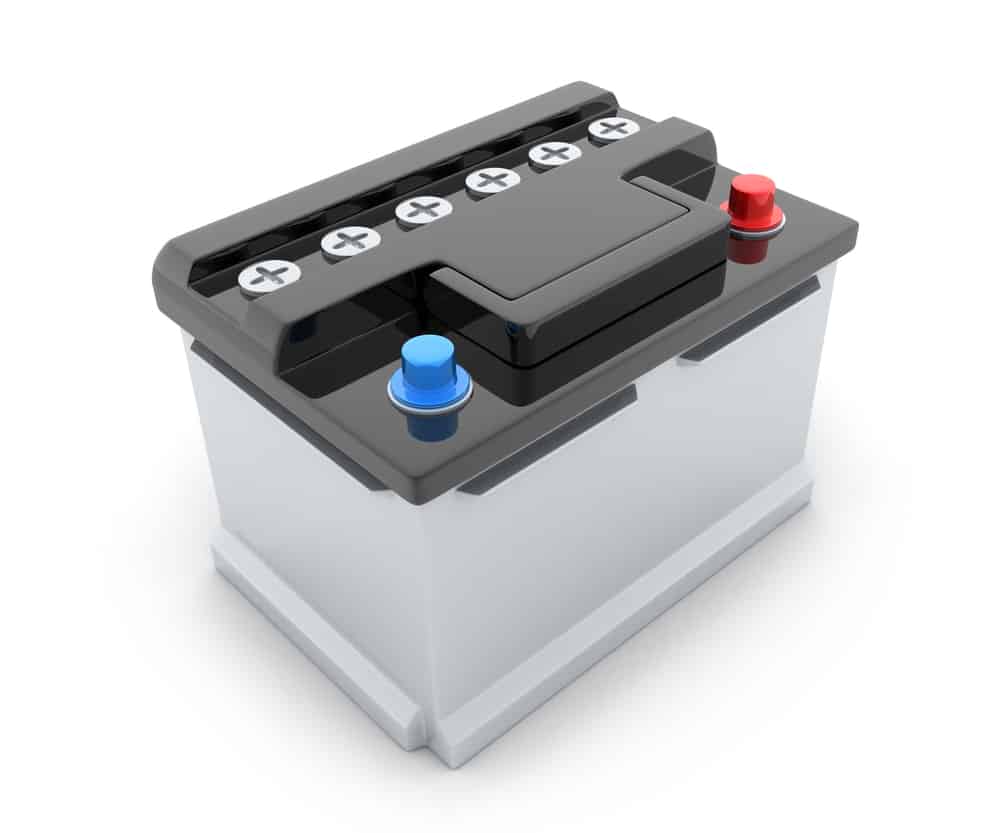
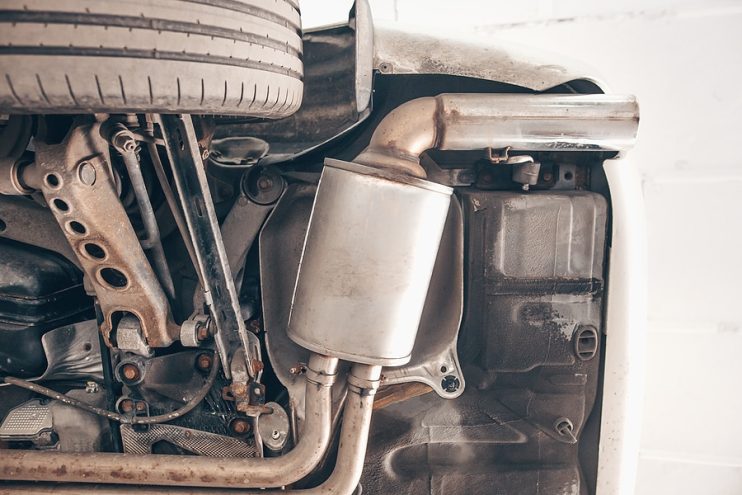
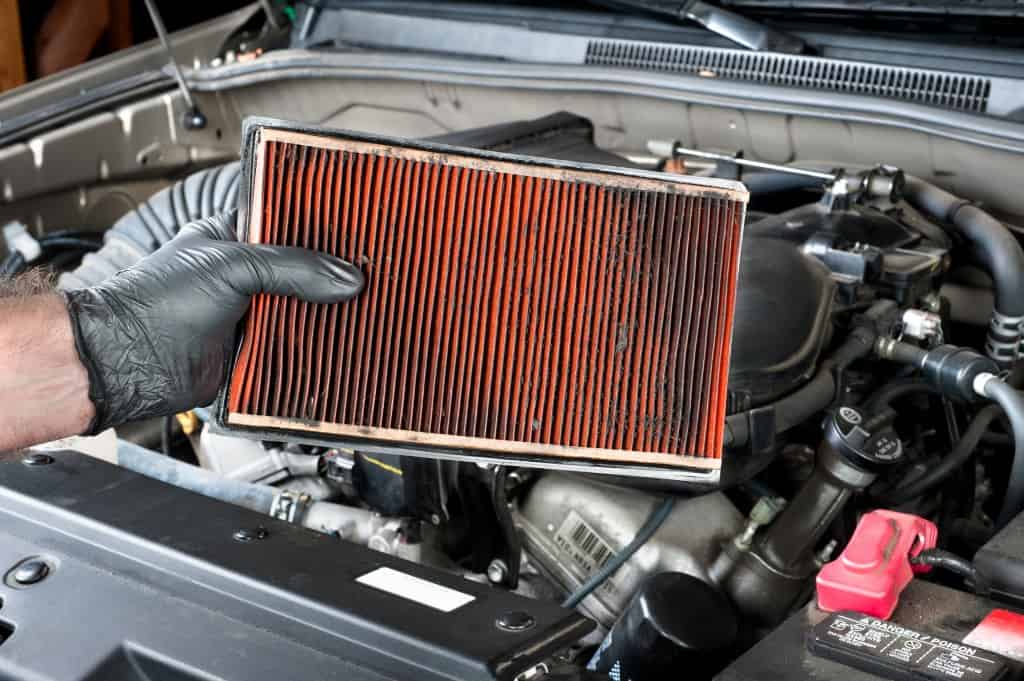
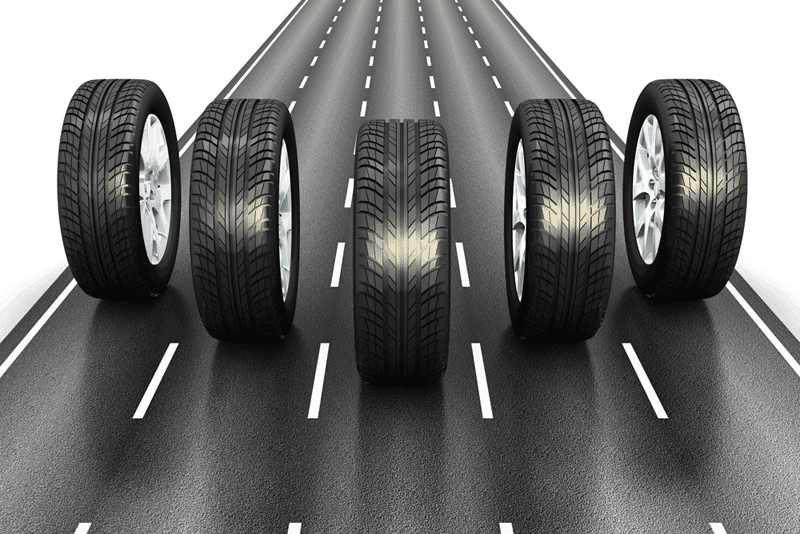
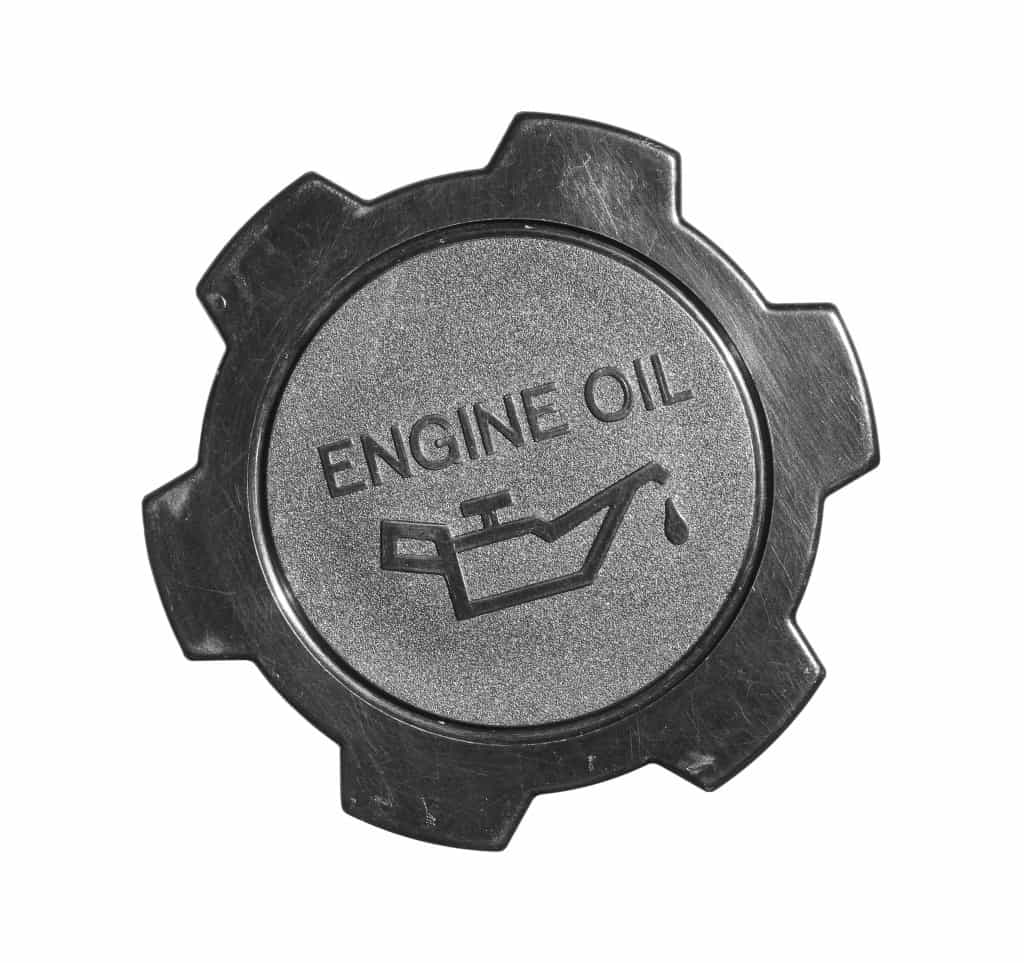
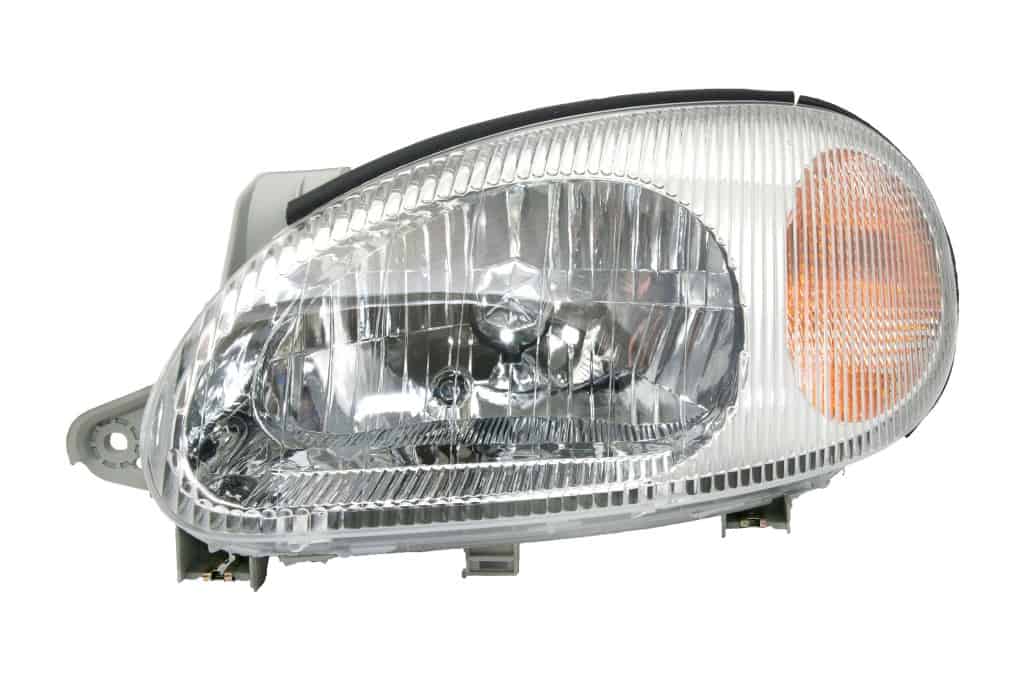
.png)